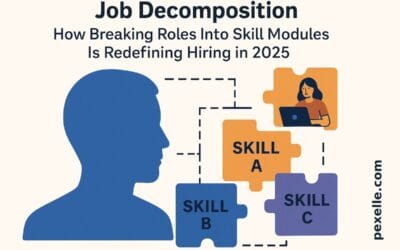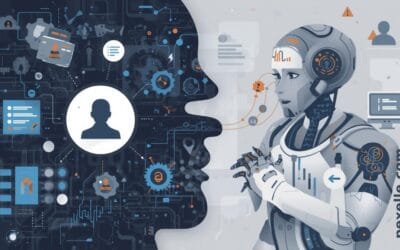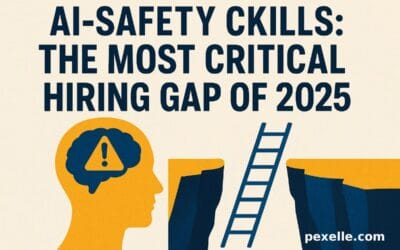Bridging the Gap Between Academia and Industry with Skills Data

Introduction: The Growing Disconnect
Around the world, universities are facing mounting pressure to keep pace with the rapidly evolving demands of the labor market. While academic curricula often take years to design and update, industries are changing at breakneck speed—driven by technology, globalization, and shifting business models. This mismatch has created a “skills gap,” where graduates leave universities with qualifications but struggle to find jobs aligned with their abilities. The result is rising youth unemployment on one side and talent shortages on the other.
The Role of Skills Data
This is where skills data becomes a game-changer. By analyzing millions of job postings, industry reports, and occupational standards (such as ESCO and O*NET), platforms like Pexelle can generate real-time intelligence on which skills are in demand, how they evolve across regions, and which industries are experiencing growth. Skills data transforms vague assumptions into measurable insights, allowing universities to pinpoint exactly where their programs are out of sync with employer needs.
Updating Curricula with Precision
With access to skills intelligence, academic institutions can update their curricula not every decade, but continuously. For example, if data shows a surge in demand for AI ethics specialists, a computer science faculty can integrate modules on responsible AI. If the logistics industry is shifting toward blockchain-based supply chain management, universities can introduce case studies and hands-on labs around these technologies. Instead of graduates needing retraining after they enter the workforce, they arrive job-ready—with a toolkit of skills validated by the latest market data.
Benefits for Students, Employers, and Universities
For students, skills-informed curricula mean higher employability and smoother transitions into meaningful careers. Employers benefit from graduates who already align with their operational needs, reducing training costs and time-to-productivity. Universities, in turn, strengthen their reputation by producing industry-ready graduates, attracting both students and partnerships. This virtuous cycle not only reduces unemployment but also enhances innovation and economic resilience on a national scale.
Conclusion: Pexelle as a Bridge Builder
The future of higher education is not about teaching more theory but about teaching the right skills at the right time. Platforms like Pexelle serve as the connective tissue between academia and industry, transforming fragmented labor-market signals into actionable intelligence. By adopting skills data, universities can become proactive contributors to workforce development rather than passive suppliers of talent. In a world where skills define competitiveness, bridging this gap is no longer optional—it is essential.
Source : Medium.com




